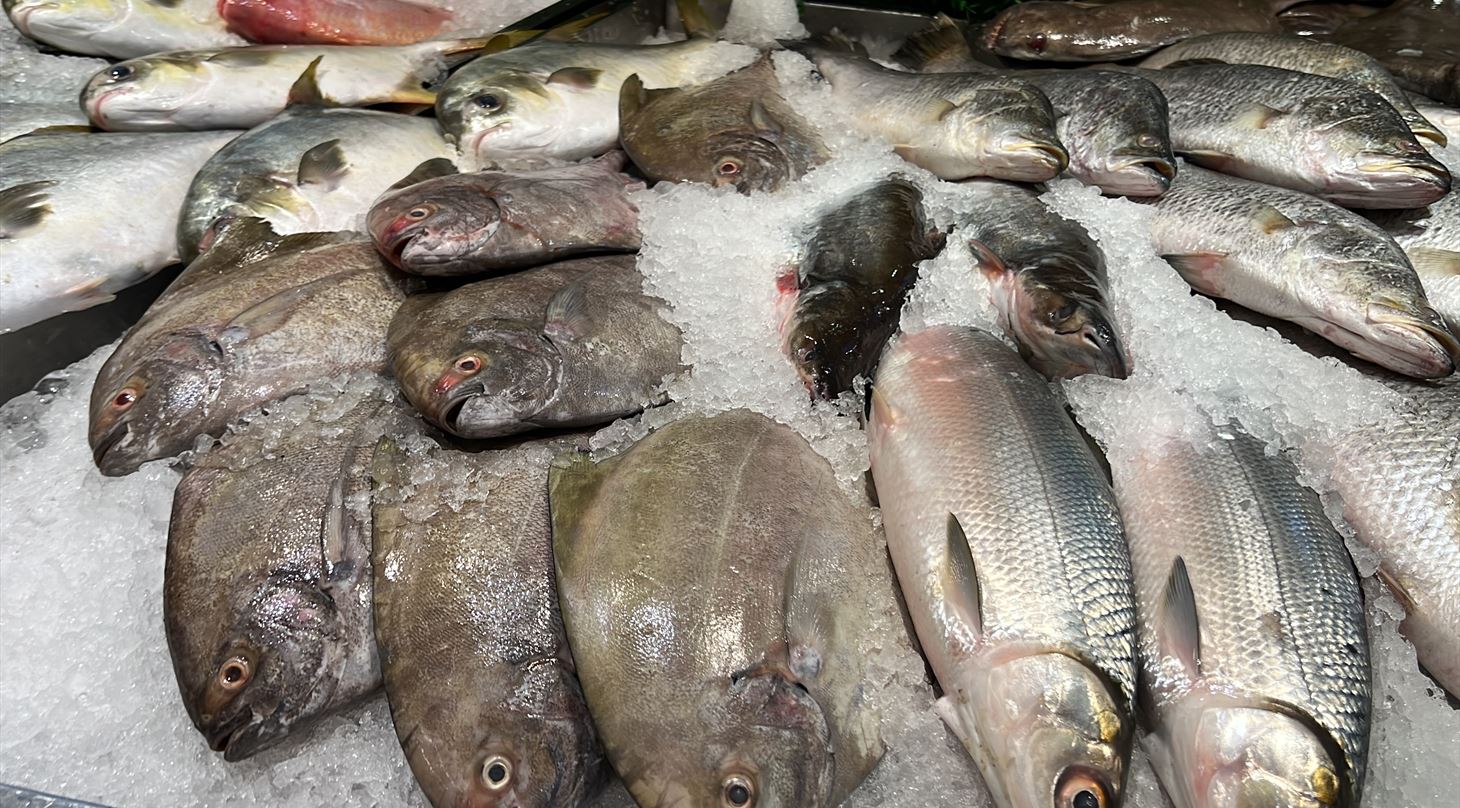
Fish in research
The aquaculture industry continues to experience significant growth, with fish constituting an increasingly substantial portion of global food consumption.
Currently, more than 50% of fish consumed worldwide comes from aquaculture operations. However, fish diseases remain a persistent and substantial threat to the economic viability and sustainability of aquaculture businesses, regardless of geographical location, species, or production method.
Research challenges in trout health management
Research into health promotion and disease control methods for the fish farming industry is therefore essential. For trout specifically, selective breeding and vaccinology represent the most promising approaches for enhancing health and welfare. These research methodologies necessitate exposing trout to pathogens (bacteria, viruses, or parasites) and monitoring disease progression over time.
In these experiments, it is crucial to identify and humanely euthanise any fish showing clinical signs of distress or discomfort. Currently, exposed fish are manually monitored through visual inspection of tanks periodically both during day and night. This observation focuses on detecting clinical signs of distress, with the aim of reducing suffering and ensuring prompt intervention when predefined humane endpoints are reached.
Business case for automated monitoring
The manual monitoring approach is extremely resource-intensive and labour-demanding, presenting significant operational challenges for aquaculture businesses.
By using a system to continuously analyse fish behaviour and visual indicators of clinical conditions you are able to substantially benefit your operation:
Reduce the labour costs associated with round-the-clock manual monitoring
Earlier identification of diseased fish
Improved research outcomes with a more consistent and objective data collection
Demonstrates commitment to animal welfare requirements whilst optimising resource allocation
Article:
Peer-reviewed article using this technology in the Journal of Fish Diseases: